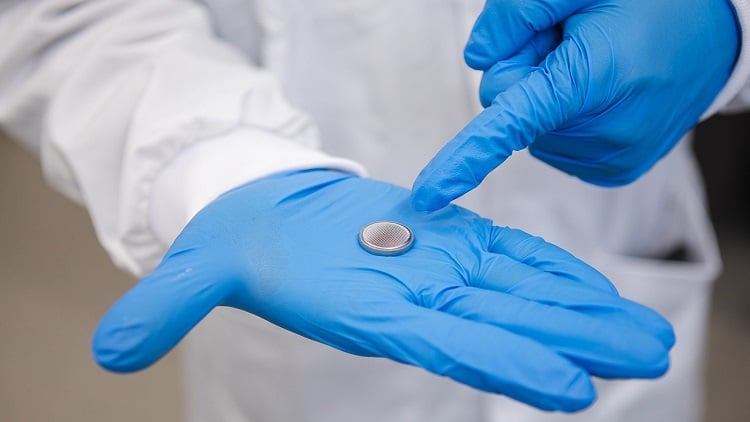S. Himmelstein | April 02, 2024
A watery solution to the flammable and explosive nature of lithium-ion batteries by researchers from China and Australia. The aqueous metal-ion battery uses water to replace organic electrolytes, thereby preventing the operating hazards commonly associated with lithium-ion devices.
The water batteries are assembled with bismuth oxide on the zinc anode, relatively abundant and less toxic ingredients that also serve to render the power units recyclable and to lengthen their life span. The inclusion of bismuth and its oxide results in the formation of a protective layer that prevents dendrite formation, which can lead to short circuits and other serious faults.
 Source: Carelle Mulawa-Richards, RMIT University
Source: Carelle Mulawa-Richards, RMIT University
The researchers have also configured a magnesium-ion water battery with an energy density of 75 Wh/kg. This technology can be advanced for deployment in large-scale applications and could prove ideal for safer grid storage and renewable energy integration.
The water batteries developed by scientists from Liaoning University (China), University of Adelaide (Australia), South China University of Technology (China), RMIT University (Australia) and University of Technology Sydney (Australia) also address end-of-life disposal challenges as they can be disassembled safely, and the materials can be reused or recycled.
INDUSTRY RELATED
UNLIMITED FREE ACCESS TO THE WORLD’S BEST IDEAS
SIGN UP TO SEE MORE
This is embarrasing…
An error occurred while processing the form. Please try again in a few minutes.
Customize Your GlobalSpec Experience
This is embarrasing…
An error occurred while processing the form. Please try again in a few minutes.
